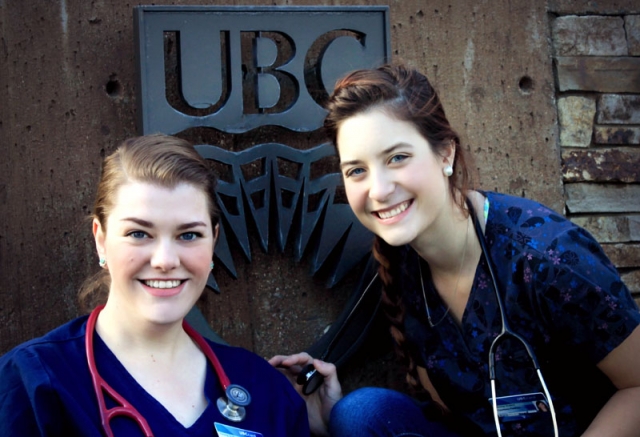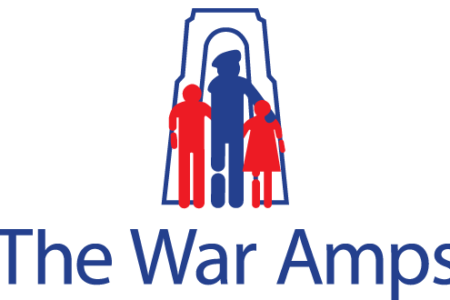Letters: RADON — Nursing Students' Perspective
Editor, The Nelson Daily
Radon awareness and the risk to your health.
Cigarettes, second-hand smoke, asbestos, and pollution are all well-known cancer causing agents.
However, many people do not know that radon is actually the first leading cause of lung cancer in non-smokers and the second leading cause in smokers.
With November being Radon Action Month, we felt it important to address the lack of awareness around what radon is and its effects on one’s lung health.
Radon is a colourless, tasteless, odorless, and lethal gas. You would never know it is present in your home unless you tested for it.
The best time to test for radon in your home is from October to April, so right now is prime time for testing.
Testing is relatively inexpensive and can be done by either you or a professional. Do-it-yourself radon test kits can be purchased over the phone or internet and are available at some home improvement retailers across Canada.
There is no known level of safe exposure to radon; however, Health Canada recommends homeowners take action if radon levels are 200 Bq/m3 or above. Lung cancer takes the lives of more Canadians than breast, prostate, and colorectal cancer combined.
The risk of developing lung cancer depends on the amount and duration of radon exposure, as well as whether or not you smoke.
Radon is much more likely to cause cancer in those who smoke or have a history of smoking than in life-long non-smokers. However, everyone is still at risk if you are exposed to radon.
As third year nursing students, we were shocked to find out how much of an impact radon has on lung health as well as the prevalence of radon in Canada.
Despite practical experience on Kelowna General Hospital’s cancer ward as well as having learned about cancer and various carcinogens in our nursing program, we have yet to discuss radon.
As future health care providers, it is astonishing that this is the case for us.
It is only through our research in association with the Canadian Cancer Society that we have come to recognize the importance of radon awareness.
We can only imagine the lack of knowledge present in the general population despite having information available. As members of the community, we believe it is everyone’s responsibility to help spread the word and implement testing in their homes.
We realize it is impossible to expect people to take any action to protect themselves against the harmful effects of radon if they don’t know what it is or the importance of it. As students we are working to raise awareness of radon in the Interior and Kootenay regions, two areas with high radon potential.
It is essential that this information be shared and that the public take it upon themselves to further their knowledge and understanding of radon. Radon affects everyone, and is something we can avoid.
Please, protect your loved ones from the harmful effects of radon by testing your home and ensuring you also do your part in raising awareness. To learn more, visit www.cancer.ca
Courtney Pankow and Jackie Girard,
Third Year Nursing Students,
University of British Columbia- Okanagan






















